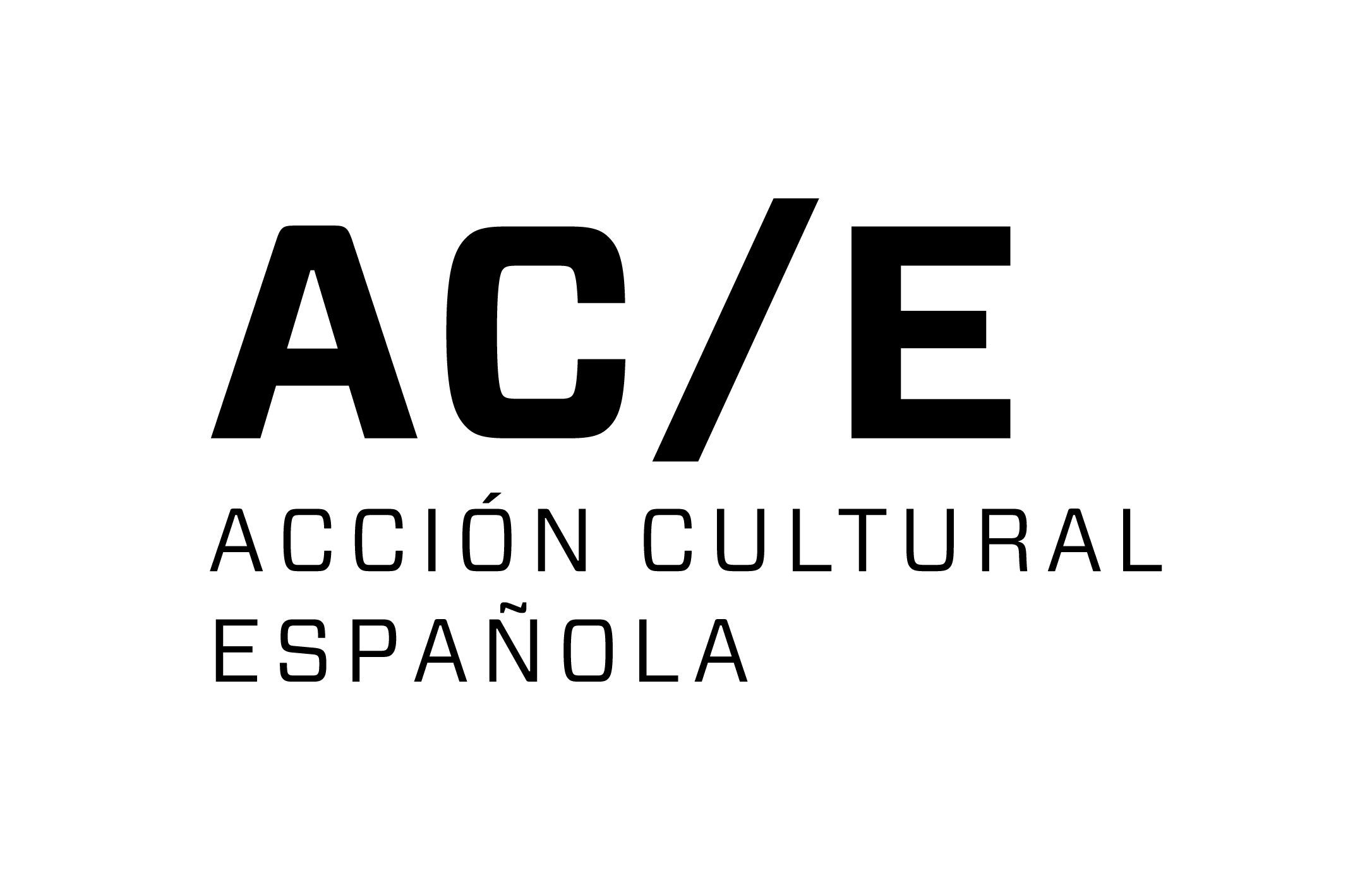Lisard Tranis / Clémentine Telesfort – Scotoma
About the piece
Scotoma, noun: Area of partial alteration of the field of view that consists of a partially diminished or completely degenerated visual acuity that is surrounded by a normal (or relatively well-preserved) field of view. This is a location without photoreceptor cells. All normal mammalian eyes have a scotoma in their field of vision, usually called a “blind spot.”
Scotoma is a dance piece that speaks about attention. An invitation to reflect on what captures and directs it. Can we perceive what we overlook and notice what is hidden at first sight?
The piece invites us to observe the encounter of two people immersed in their own world. They will give each other a chance to discover other perspectives, allowing them to broaden their gaze towards what they didn’t know was there.
But will they really be able to appreciate it or will they end up losing sight of it?
About the company
Clémentine and Lisard have worked together since 2017 in different companies and contexts and have been forming a common language that brings them together. They want to continue developing their collaboration, and explore various formats such as video dance, site-specific works, and pieces designed for both the street and theatre.
Their meeting point is their common interest in exploring bodily states that lead to the incarnation of images, characters, and stories. It is the relationship that their artistic proposals can generate with the audience that drives them to create. Through the teaching of their co-facilitated workshop, the Attentive Act, they are able to continue researching their shared practice.
PERFORMANCES
Friday october 14
5:00 pm | Albrook, Metro de Panamá
Free Activity
Sunday october 16
4:30 pm | Patio Central, Ministerio de Relaciones Exteriores
Advance reservation through Eventbrite
TECH RIDER
Country: Spain
Category: Selected Company
Choreography and Interpretation:Lisard Tranis / Clémentine Telesfort

This project has been supported by Acción Cultural Española (AC/E) and the Spanish Embassy in Panama